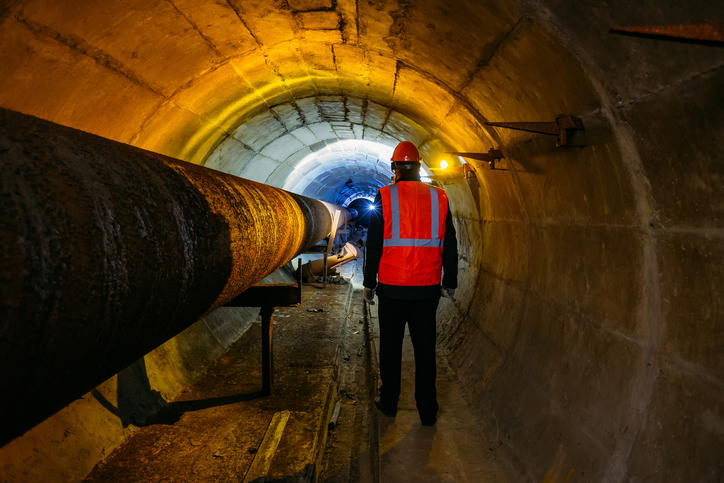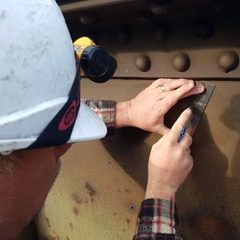
In the intricate world of industrial painting, the smallest oversight can have cascading effects on the quality and longevity of the final product. One of the often-overlooked yet crucial elements in this process is the illumination of the work area. Ensuring the right lighting not only aids in achieving top-notch workmanship but also ensures that inspections meet project specifications and requirements. The question arises, how can the delicate balance of proper illumination be maintained without compromising safety?
The Lighting Challenge
Illumination in the workplace presents a unique set of challenges. On the one hand, proper visibility is vital for ensuring work is up to standard. On the other, excessive or impractical lighting can pose safety risks. The task becomes further complicated when the nature of the job necessitates varied lighting conditions, as is the case with industrial painting.
The Role of Proper Illumination in Inspections
For an inspection to be accurate and efficient, the work area must be adequately lit. This ensures that the coating inspector can clearly see any discrepancies or deviations from the required standards. When the illumination is insufficient, not only does it jeopardize the quality of the inspection, but it also undermines the value of the project specifications and requirements.
However, illumination isn’t just about quantity; it’s also about quality. An overly bright light source can be obstructive, and in the delicate dance of industrial painting, this can cause more harm than good. NACE certified coating Inspectors and workers alike need a light source that aids their task without becoming a hindrance.
Guidance from the Industry: SSPC-Guide No 12
Thankfully, the coatings industry isn’t in the dark about this crucial aspect. The SSPC-Guide No 12, “Guide for Illumination of Industrial Painting Projects”, freshly re-released in 2023, is a beacon of guidance in this matter. While it serves as a guide specific to the coatings industry, its contents are invaluable to both specifiers and contractors.
This guide sheds light on the types of lighting necessary, factoring in various hazards and operational conditions. It gives explicit illumination levels required for specific tasks—ranging from surface preparation to coating application, and crucially, inspection. The guidelines emphasize not just on generic lighting but delve deep into recommendations for task lighting, inspection light, and supplemental lighting. It addresses challenges like explosion-safe lighting and offers insights into technical aspects like foot candles and lux.
Lighting, while seemingly straightforward, plays a pivotal role in ensuring that industrial painting projects meet the stringent standards set by project specifications and requirements. With resources like the SSPC-Guide No 12, contractors and inspectors can navigate the often murky waters of work area illumination with confidence.
